Search Results for 'John Healy'
21 results found.
Summer competitions in full swing

There was some good scroing in the club and inter-club competitions last weekend around Mayo.
What the Gaeltacht Civil Rights Movement can still teach us today
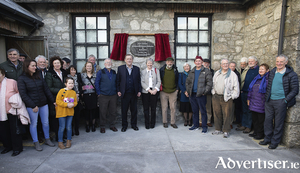
Fifty years ago the Gaeltacht Civil Rights Movement was founded, inspired by developments in the Six Counties, the USA, and France. To mark the occasion, hour-long programmes were broadcast on Raidió na Gaeltachta and TG4; it was discussed at the Galway History Festival; and a book is also being published.
Castlebar gears up for a brilliant week of literary events

Capacity audiences are expected to attend a diverse range of literary events for the Wild Atlantic Words Festival in Castlebar, which runs from Monday October 8 to Sunday October 14.
Investigation launched following death of Erris Fisherman
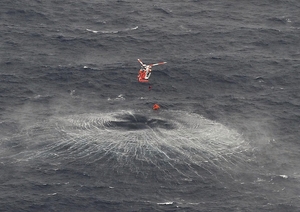
An investigation has been launched after an Inver man died when his boat capsized off the north Mayo coast earlier this week.
Tragedy shows the risks of a life at sea
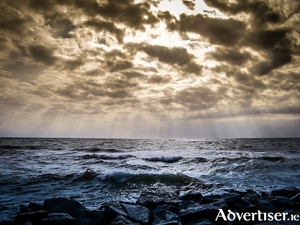
It was Van Gogh who wrote that fishermen know that the sea is dangerous and the storm terrible, but they have never found these dangers sufficient reason for remaining ashore. It is a line that permeates our thoughts each time we take to the water. For those whose livelihood is the water, it is the confirmation of a constant presence, a permanent danger that underlines their activities at the mercy of the waves.
Galwegians win
Galwegians will hope they have turned the corner after grabbing a second win on the trot in the Ulster Bank League division 2A when edging high-flyers Nenagh Ormond at Crowley Park by 16-14.
Wild Atlantic Words rolls back into Castlebar
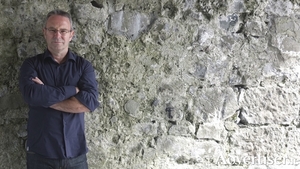
Three new book launches, panel discussions, creative workshops, poetry and fiction will be central to a jam packed Wild Atlantic Words Literary festival which runs from this Wednesday, October 4 to Sunday, October 8 in Castlebar. And the programme has something for every taste — children's events, young people's writing, history debates, sporting memoirs, culinary arts, hometown reminiscences.
A history of Reek Sunday
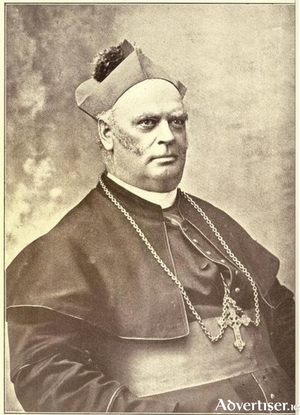
In 1432, Pope Eugene IV issued a document that lay in obscurity deep within the Vatican vaults for centuries. When the doors of the archives and library of the Holy See were thrown open during the papacy of Pope Leo XIII (1878-1903), the British government sent a team of historians to transcribe everything they could find relating to Ireland. As a result of that investigative trawl, the well-known historian William Henry Grattan Flood presented Dr John Healy, Archbishop of Tuam, with a medieval document that detailed Rome’s official 15th century stance regarding the Croagh Patrick pilgrimage. The document, dated 27 September 1432, states, “Pope Eugene IV grants to the Archbishop of Tuam [at the time Seán Mac Feorais, aka John de Bermingham] an indulgence of two years and two quarantines [one quarantine was a penance of 40 days], on the usual conditions, for those penitents who visit and give alms toward the repair of the fabric of the chapel of St Patrick on the mountain which is called Croagh Patrick: this indulgence to be gained on the Sunday preceding the Feast of St Peter’s Chains [August 1]: because on that day a great multitude resorts thither to venerate St Patrick in the said chapel.” Archbishop Healy revived the old tradition of pilgrimage to Croagh Patrick and built the present church on its summit in 1905. But the history of the pilgrimage goes back further than the 1400s.
National Planning Framework could turn region into "glorified wildlife park"

The soon to be launched National Planning Framework will leave the region north of a line from Galway to Dublin a "glorified wildlife park" it was said this week.
The First Galway Brigade, 2nd Battalion
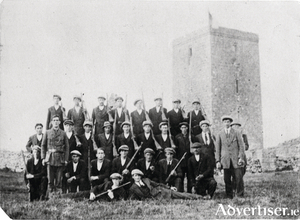
During the War of Independence, the Volunteers, for organisational purposes, divided the country into divisions. Connacht and County Clare were split into four such sections. In each of these, the members were divided into brigades, battalions, companies, and flying columns. The First Galway Brigade was divided into three battalions, Castlegar, Claregalway, and Headford.

